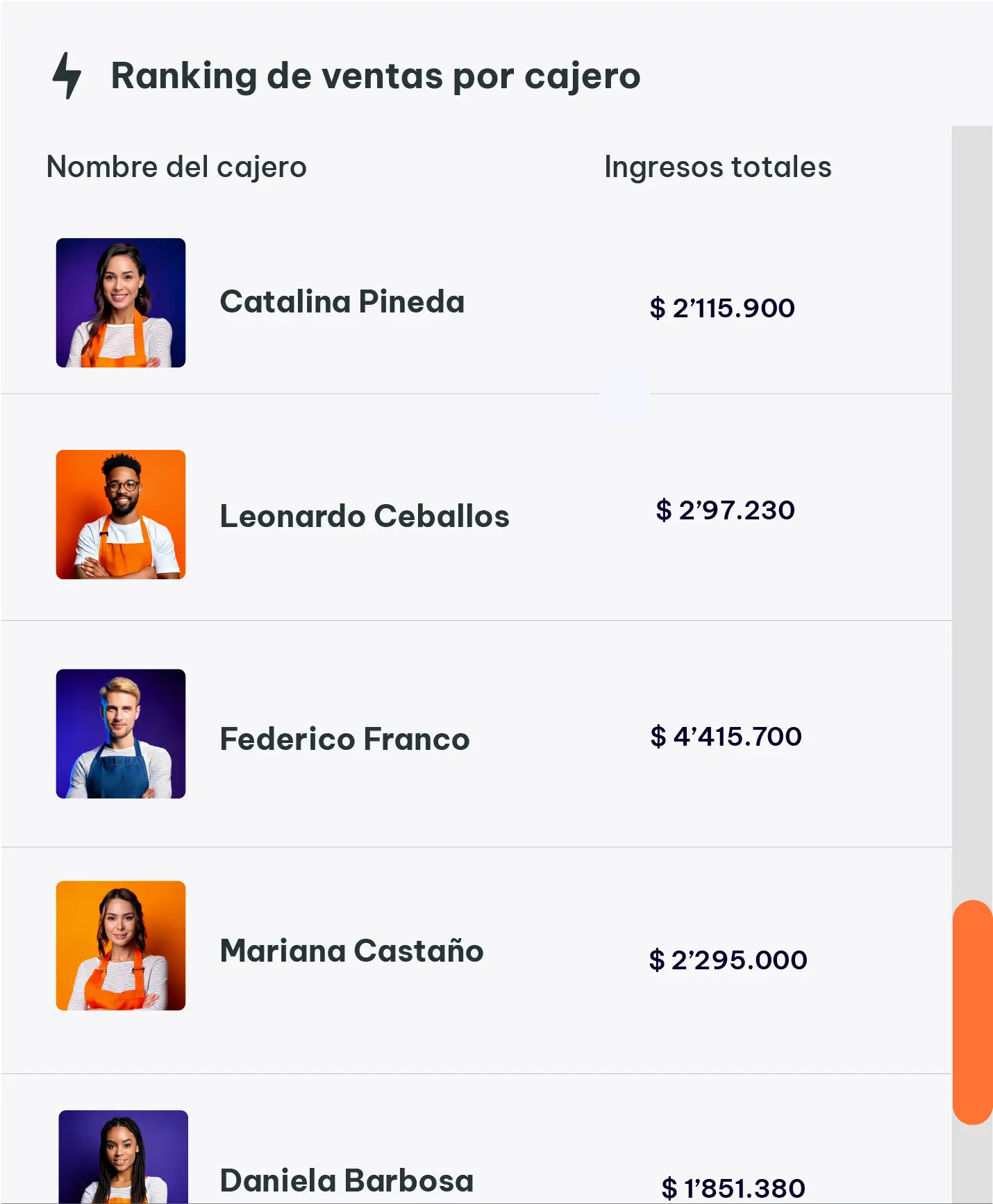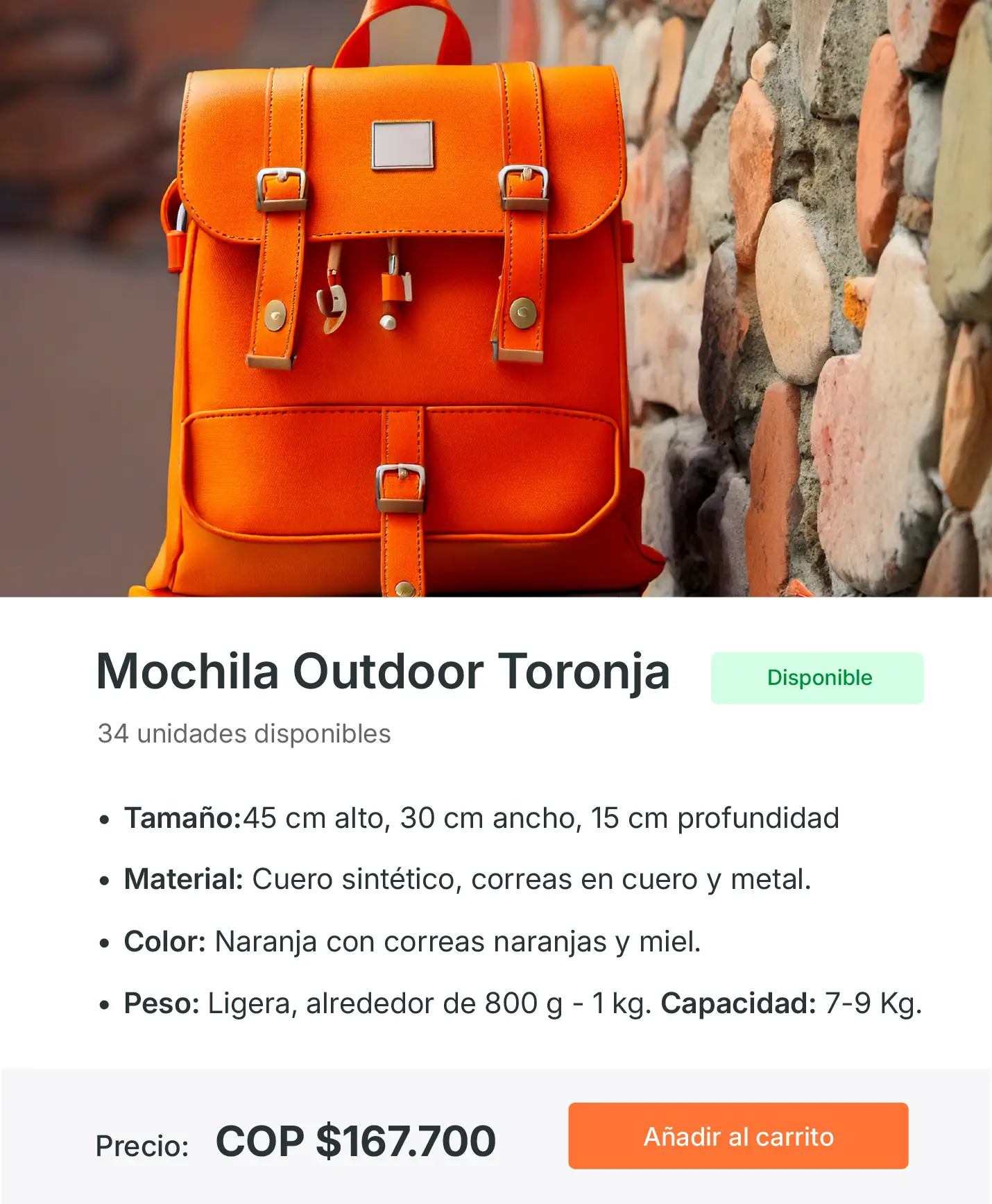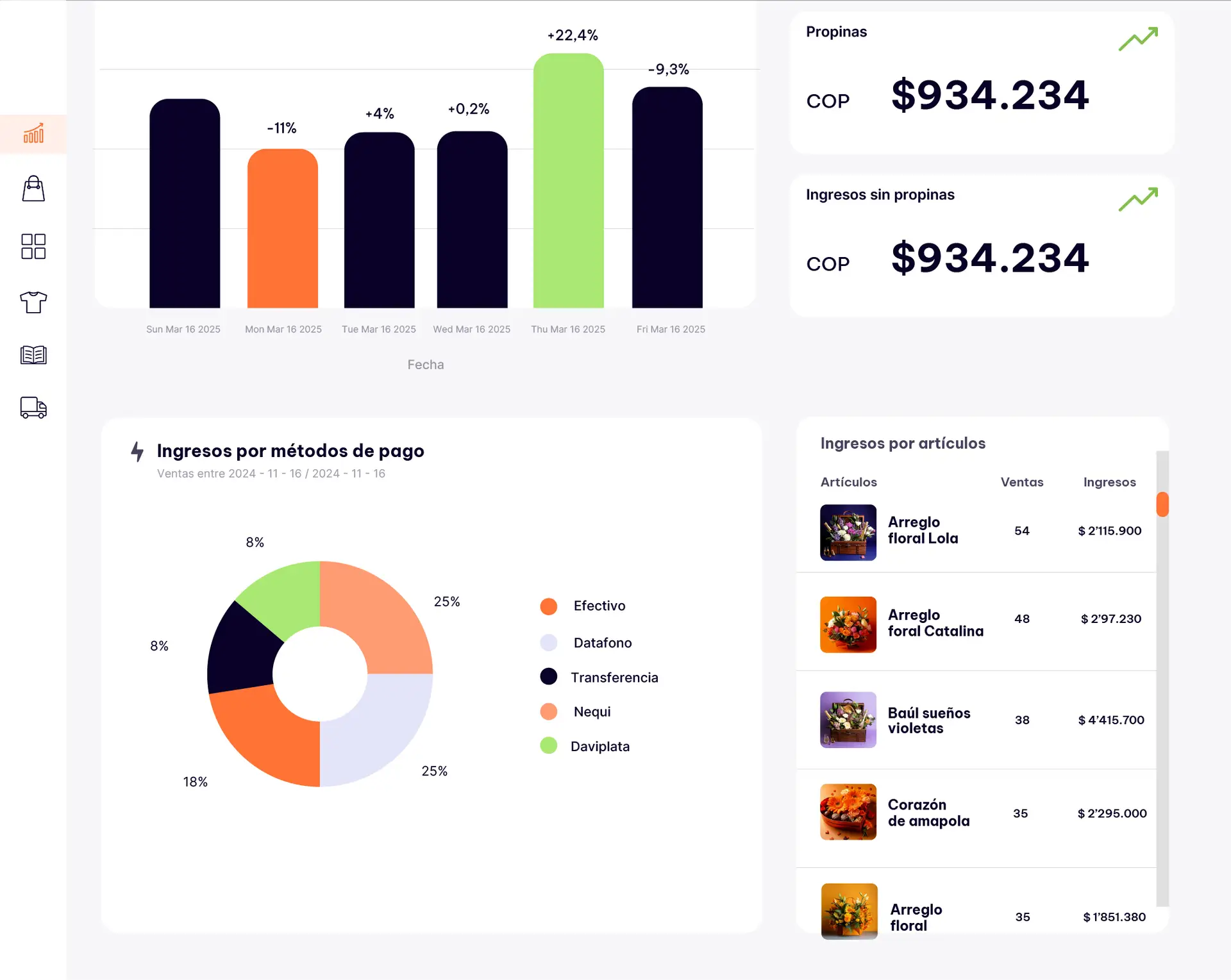Introduction: The Risk and Reward of What’s Next
Launching a new product in your store is exciting. It feels like possibility, growth, and momentum. But let’s be honest: it also feels risky.
What if nobody buys it?
What if it takes up shelf space and cash flow?
What if it distracts you from what’s already working?
Many retailers launch new products based on gut instinct or supplier pressure. They see something trending, they hear a pitch, or they just feel the urge to “try something new.” And sometimes it works — but often, it leads to slow sales, wasted stock, and frustration.
A new product isn’t just a new item — it’s a decision with consequences.
But done right, it can unlock new customer segments, increase average ticket size, generate buzz, and re-energize your brand. It can signal to your audience that you’re evolving, paying attention, and offering more value.
The key is not guessing — it’s planning.
This article gives you a step-by-step framework to launch new products with intention and confidence. You’ll learn how to evaluate ideas, test with minimal risk, build excitement, and track what actually works — so every launch moves your business forward.
Whether you’re adding one item or a whole collection, this guide will help you take smarter risks and see better results.
Let’s start where all great launches begin: with clarity, not a catalog.
1. Clarify Why You’re Launching Something New
Before choosing a product, define the purpose behind the launch. Is it to increase foot traffic? Solve a customer pain point? Reach a new audience? Grow average ticket size?
Why it matters:
Launching without a goal is like driving without a destination — you might move, but not forward.
Common goals for launching a product:
- Fill a gap in your current offerings
- Capitalize on seasonal demand
- Introduce higher-margin items
- Attract a specific type of customer
- Create cross-sell opportunities
Red flags:
- “Because I saw it on TikTok”
- “The supplier said it would sell”
- “I just needed something new for the shelf”
Real-world example:
Ana runs a stationery shop. Instead of randomly adding pens, she asks her community what they struggle with. Most say they can’t find minimalist planners. She sources one, pre-launches on Instagram, and sells out her first 50 units in 4 days — because she launched with purpose.
Practical Exercise:
Before selecting any new product, complete this sentence: “We are launching this product to ________________.”If you can’t answer in one sentence — stop. Get clear first.
2. Start Small and Test Smart
Don’t order 100 units just because something looks promising. Start small. Test smart. See how your audience reacts before you commit.
Why it matters:
A small test reduces financial risk, lets you observe real behavior, and gives you room to adjust based on what actually happens — not what you hope will happen.
Ways to test:
- Order a small batch (10–20 units)
- Offer pre-orders to gauge interest
- Feature it in a limited-time bundle
- Create a “pilot” shelf in-store
- Ask VIP clients to try and give feedback
Important:
Track results. Sales. Comments. Questions. Interest. Not just likes or views.
Real-world example:
Luis owns a hardware store. He considers selling LED strip lights. Instead of investing $300 in inventory, he orders 10 units, displays them at the counter, and asks clients what they think. They sell out in 2 days — and he places a bigger order with confidence.
Practical Exercise:
Choose one product you’re considering. Outline a “micro-launch” plan: How can you test demand with 10–20 units over the next 2 weeks? What will you measure?
3. Prepare Your Team and Your Story
A new product doesn’t sell itself. Your team needs to know what it is, why it matters, and how to talk about it. Otherwise, it’ll just sit there.
Why it matters:
Your team is your first sales channel. If they’re confused, unenthusiastic, or unaware, customers won’t feel the energy — and won’t feel the need to buy.
What to train:
- Product benefits (not just features)
- Who it’s for
- Why it was added to the store
- How to introduce it naturally in conversation
Bonus tip:
Give your team a “challenge”: first person to sell 5 units gets a reward. Turn the launch into a game.
Don’t forget your story:
Customers buy stories, not SKUs. Share why you chose the product. Who it’s for. What problem it solves. Make it personal.
Real-world example:
Carla launches a new line of eco-friendly cleaning products. She trains her staff with talking points like: “These are great for families with pets and kids.” Sales pick up immediately, especially when the team shares stories about their own use.
Practical Exercise:
Write a 2-line description your staff can memorize and use when showing the product. Example: “This new item is for anyone who wants _____. We added it because _____.”
4. Launch with Visibility and Excitement
Once you’ve tested and trained, it’s time to launch — loudly and clearly. Don’t just put the new product on the shelf and hope for the best. Give it visibility and energy.
Why it matters:
People can’t buy what they don’t notice. A strategic launch grabs attention, sparks curiosity, and encourages action.
Ways to create visibility:
- Dedicated display or shelf with signage
- Instagram Stories or Lives showing the product in use
- Email to loyal customers with “be the first to try it”
- Staff wearing or using the product (if applicable)
- Countertop placement for impulse visibility
Add excitement:
- “Limited quantity available”
- “Only for this weekend”
- “Gift with purchase for first 20 customers”
Pro tip:
Even a basic product can feel special if the presentation is creative and enthusiastic.
Real-world example:
Sebastián introduces handmade leather wallets. He places a display near checkout, tells the product’s story in a short video on social media, and offers free personalization for the first 10 buyers. The wallets sell out in one weekend.
Practical Exercise:
Design a mini launch campaign using 3 channels (e.g., store, WhatsApp, Instagram). Choose a launch date and define one element that makes it feel special or urgent.
5. Track Results and Decide What’s Next
After the buzz fades, it’s time to evaluate. Was the launch successful? Not everything will be a hit — but every launch should teach you something.
Why it matters:
Retail growth doesn’t come from trying everything. It comes from understanding what works — and why — so you can repeat your wins and avoid costly mistakes.
What to track:
- Sales (volume and revenue)
- Margin (profitability)
- Sell-through rate (units sold vs. units ordered)
- Customer feedback (positive/negative, suggestions)
- Impact on other products (did it cannibalize or complement?)
Make a decision:
- Reorder and restock?
- Adjust price or presentation?
- Discontinue and learn?
Real-world example:
Marcela tested a new line of colorful socks. Sales were okay, but feedback showed people wanted more neutral colors. She switches up the next batch, adds a “3 for $15” promo — and sales double the second time.
Practical Exercise:
Create a post-launch checklist. After 30 days, answer:
- What worked?
- What didn’t?
- What would I do differently next time?
Use this to shape your next product launch.
Final Reflection: Launching Is Learning
In retail, every new product is a risk.
It’s time, money, space, and attention.
But it’s also opportunity.
A chance to solve a problem.
To surprise your customers.
To make your store feel alive and evolving.
The difference between a risky launch and a smart one isn’t magic — it’s method.
When you slow down, define a purpose, test small, prepare your team, and track results, you don’t just launch a product. You launch with clarity, intention, and control.
And that changes everything.
You stop chasing trends and start building direction.
You stop guessing and start listening.
You stop fearing “what if it doesn’t sell?” — because now you have a plan for what to do if it doesn’t.
Launching isn’t about perfection. It’s about experimentation with structure.
So here’s your challenge:
Pick one product idea.
Walk it through the five steps in this guide.
Start small. Launch thoughtfully. Learn intentionally.
Then do it again — with more insight, less stress, and better results.
Because launching new products isn’t just about selling more.
It’s about becoming the kind of business that grows on purpose.





